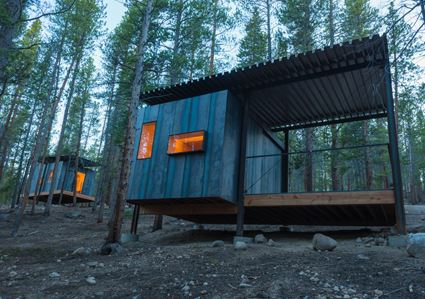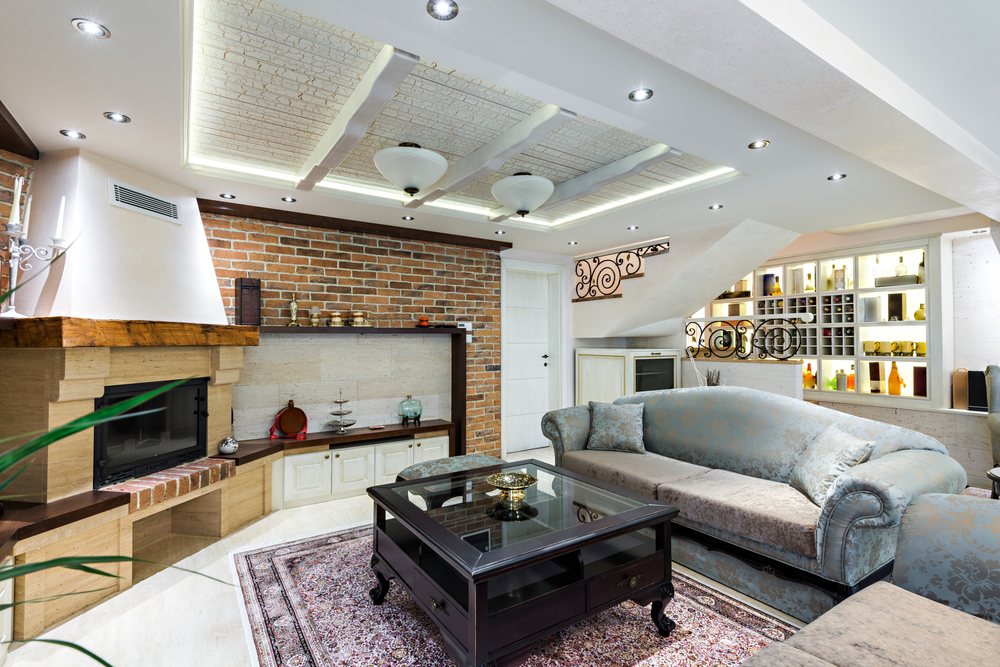Cabin-Style Dorms
Student Housing
With an eye towards sustainability and passive building principals, University of Colorado Denver’s prefab, cabin-style dorms connect modern architecture with outdoor living. Just outside Denver, Colorado sits a cluster of 14 micro dormitories outfitted with all the essentials necessary for comfortable, environmentally-friendly cabin living. Created in partnership with Outward Bound, the micro dorm project was […]


